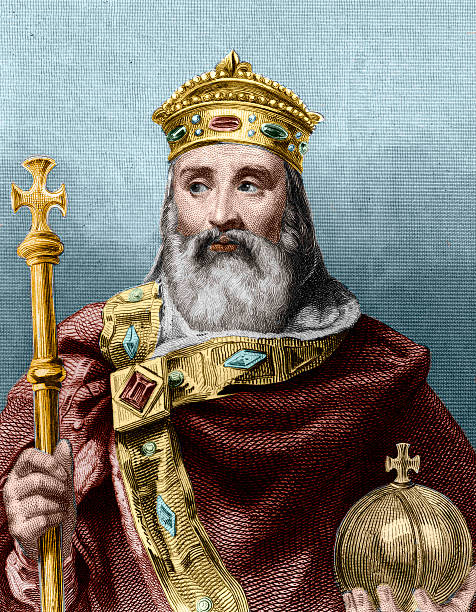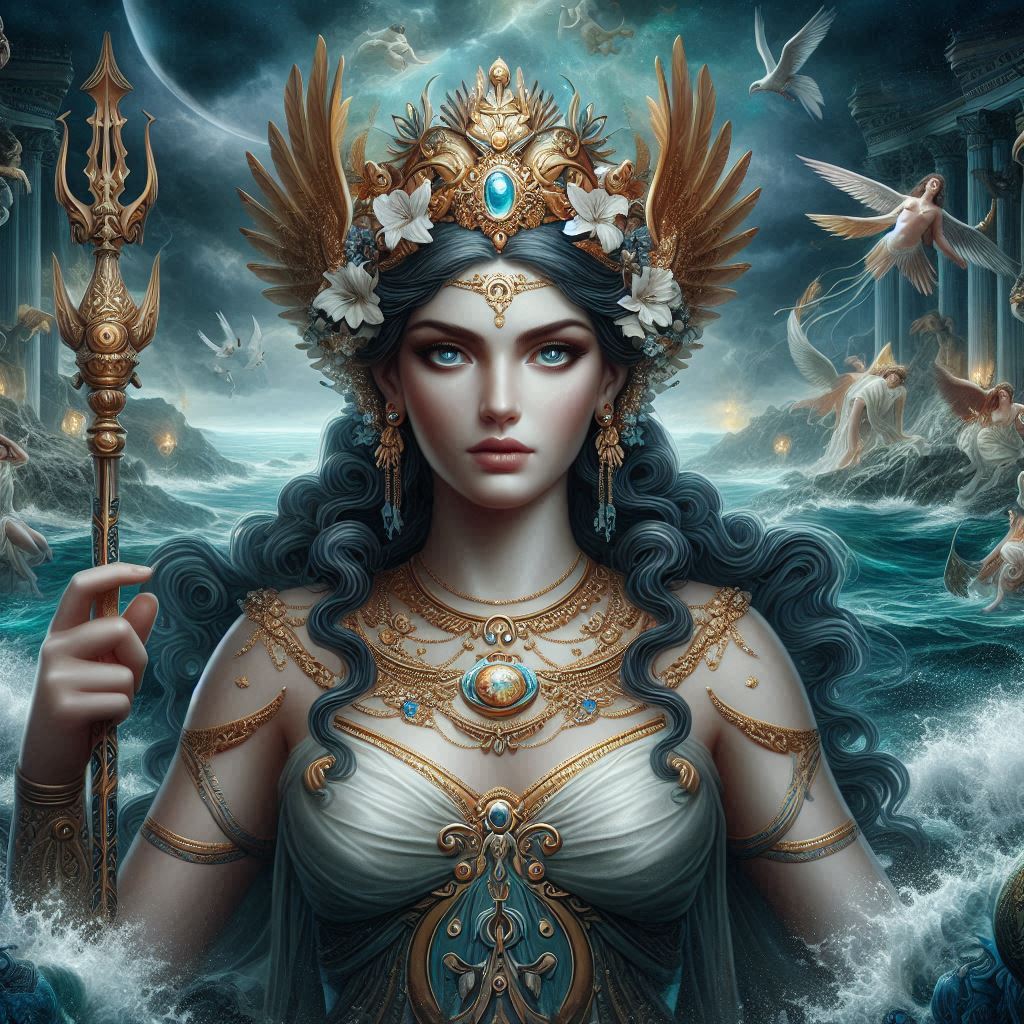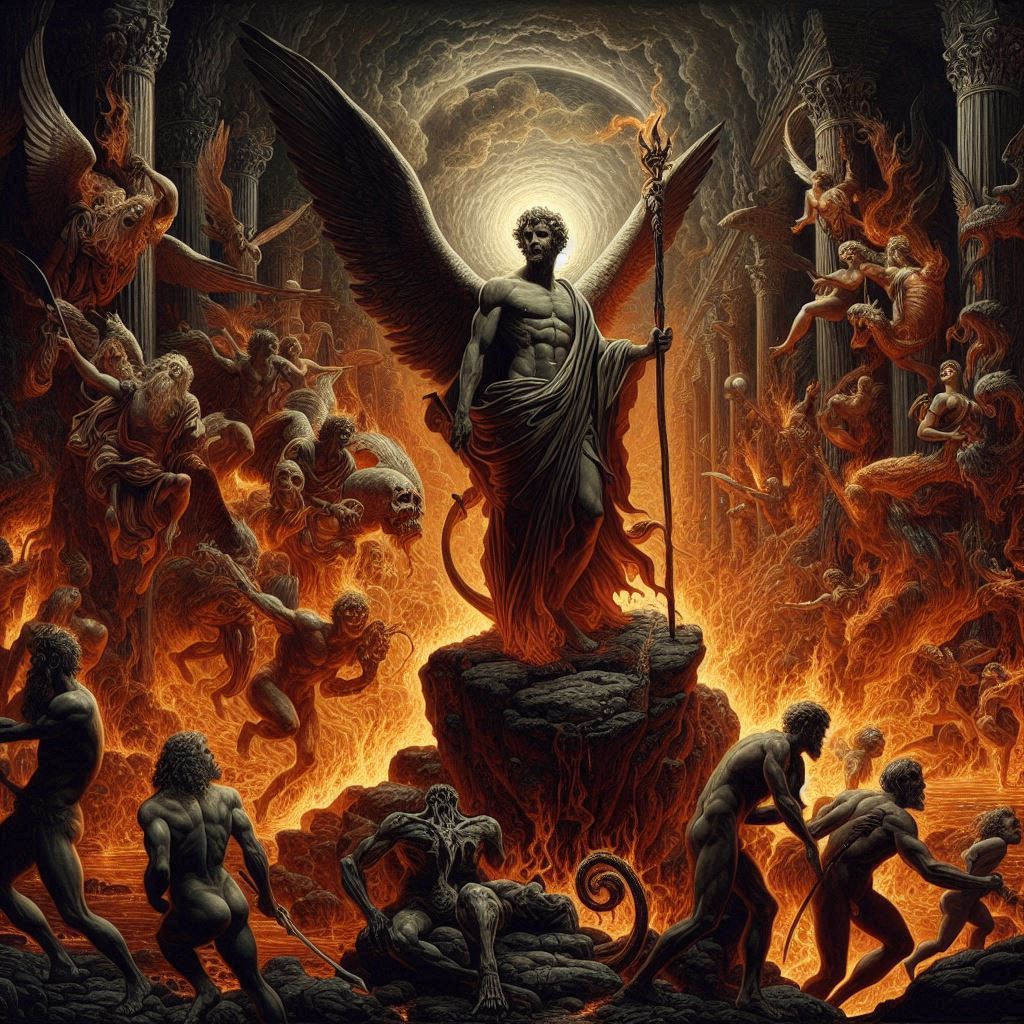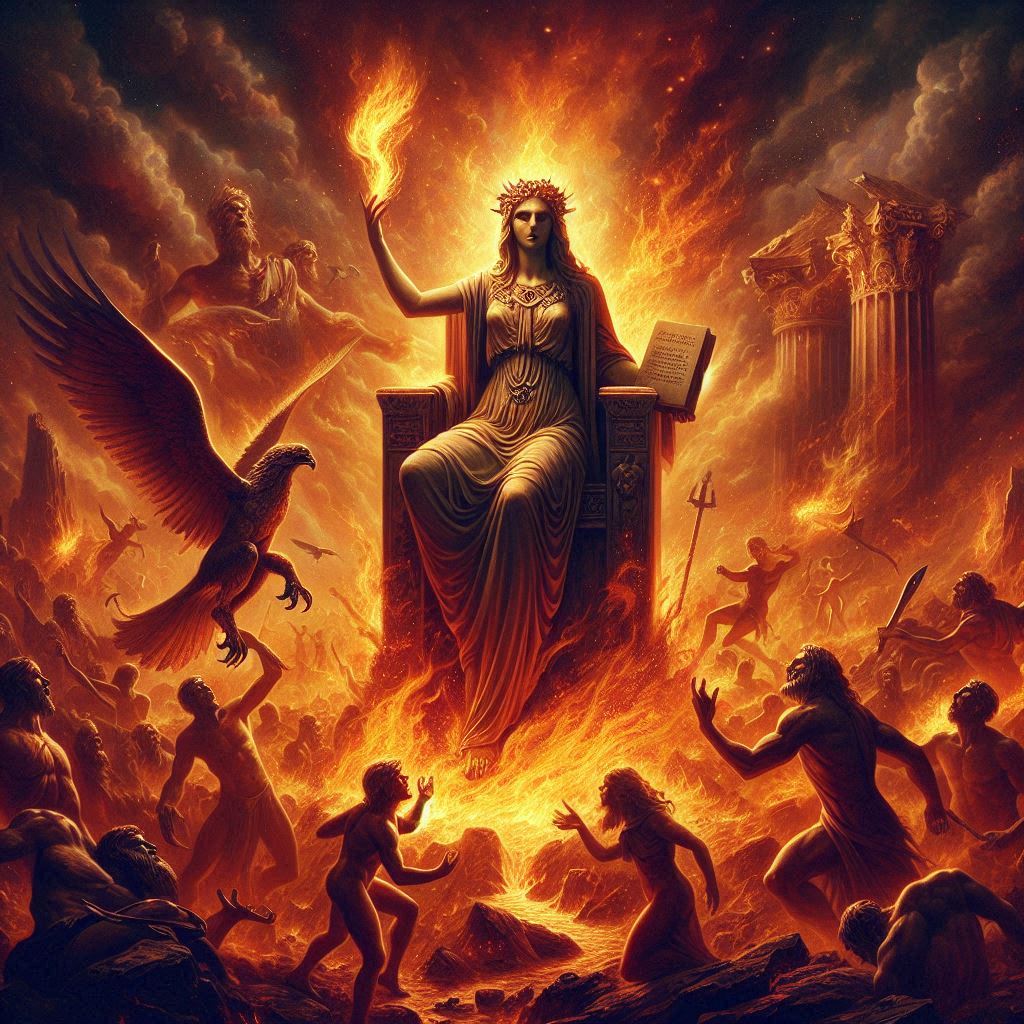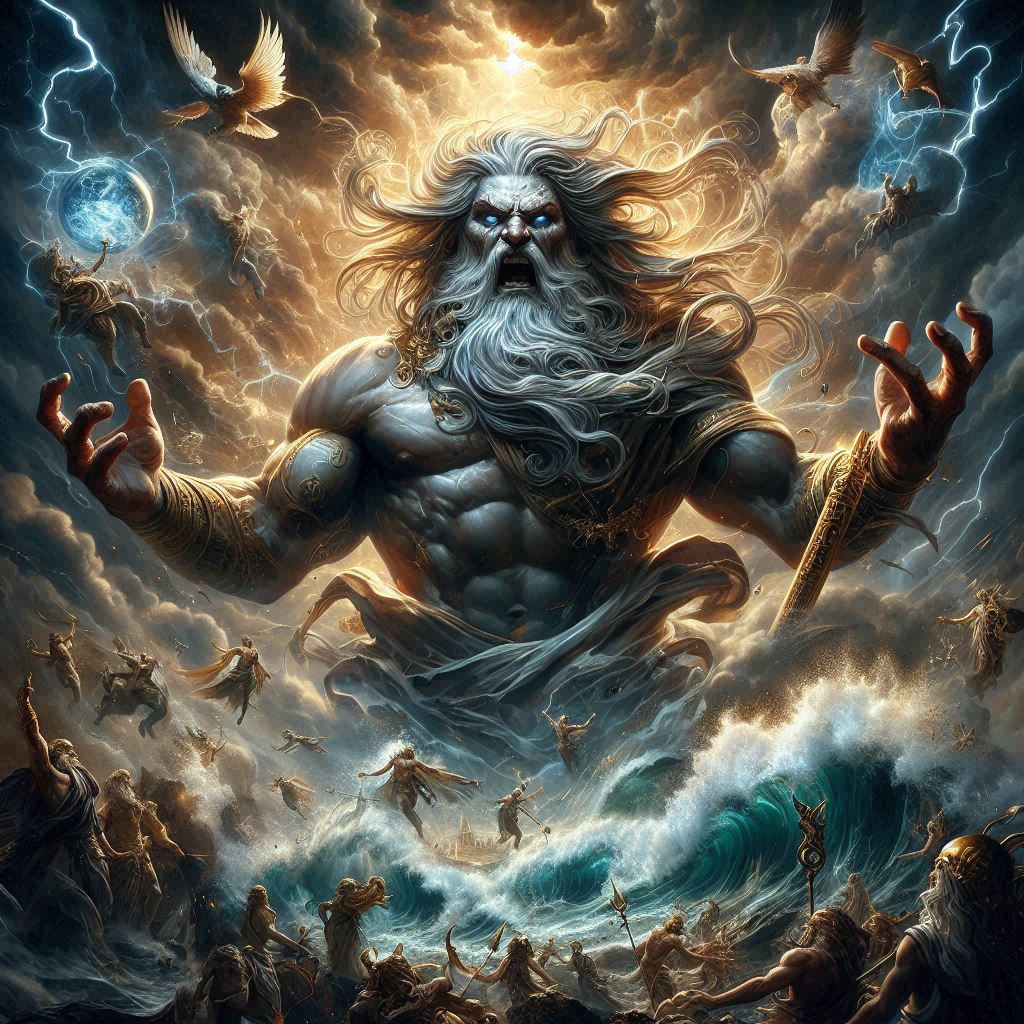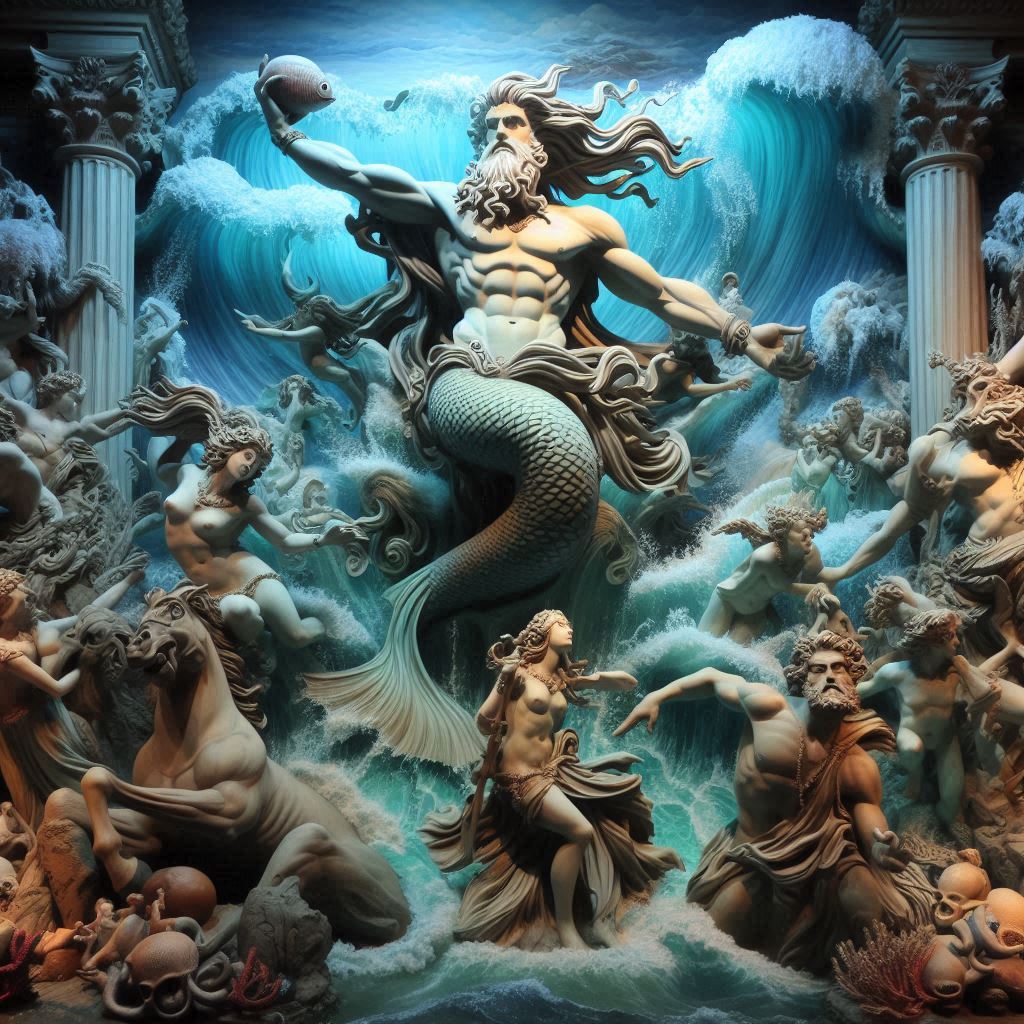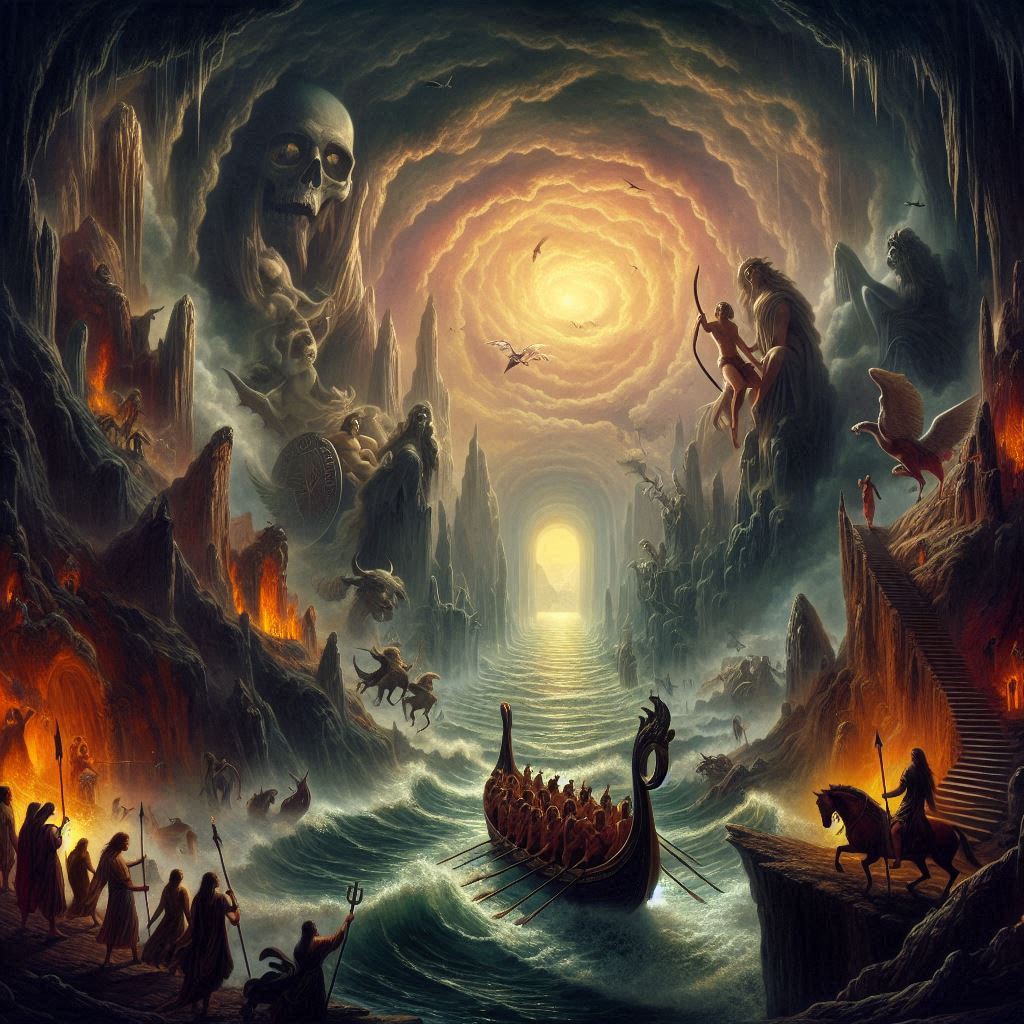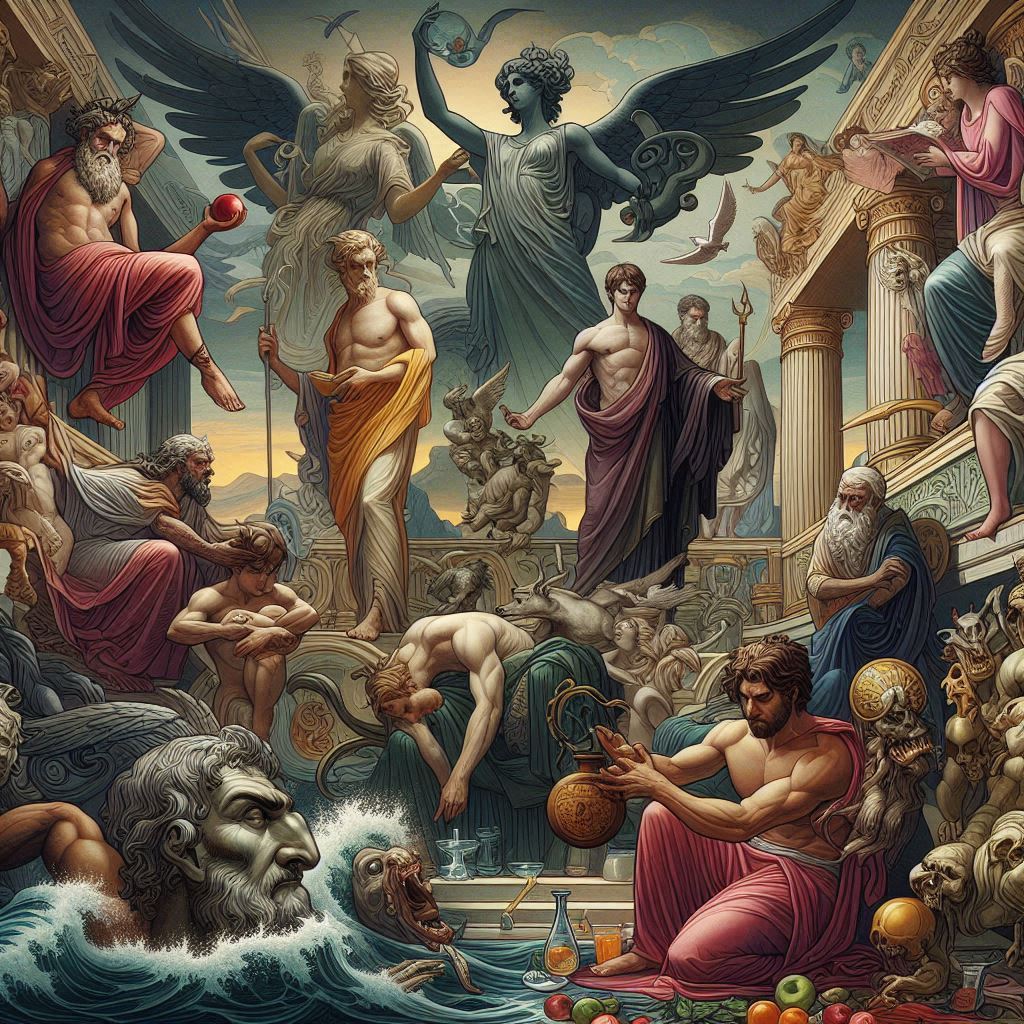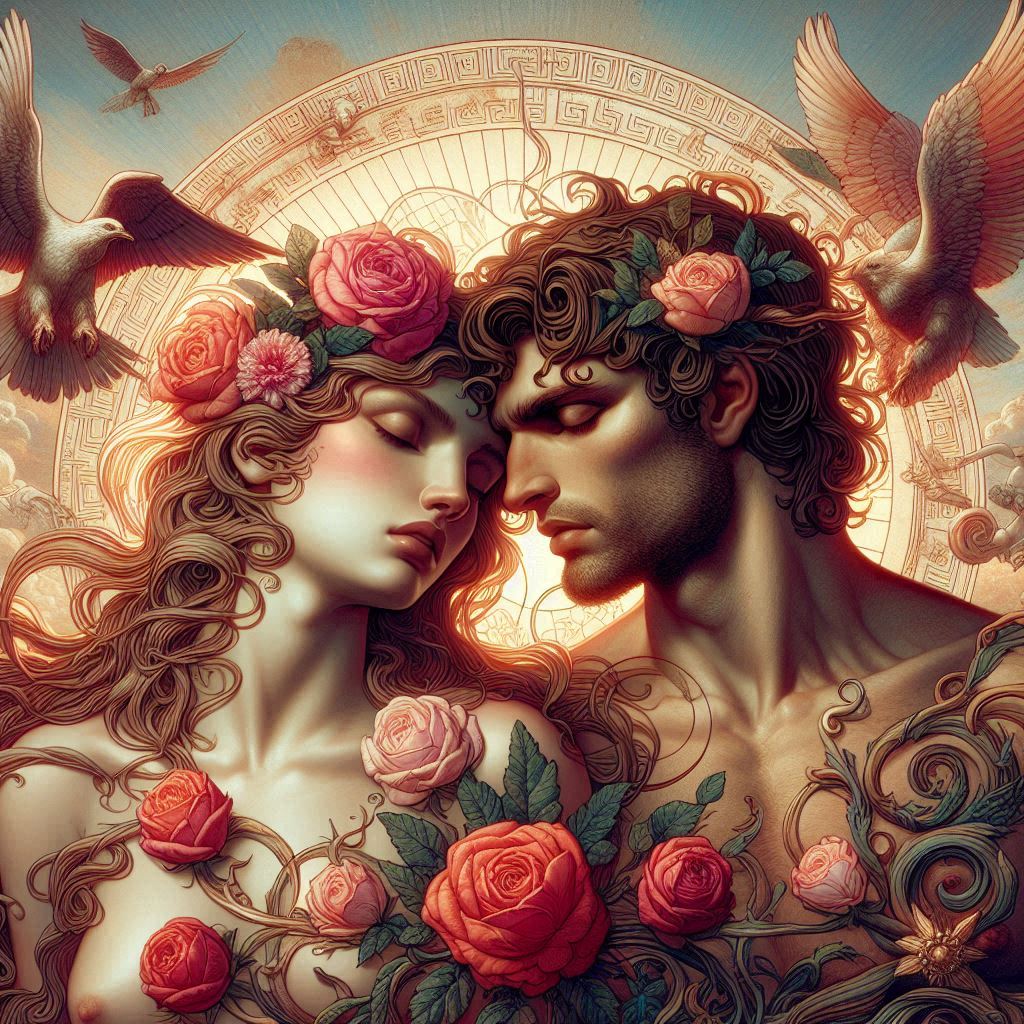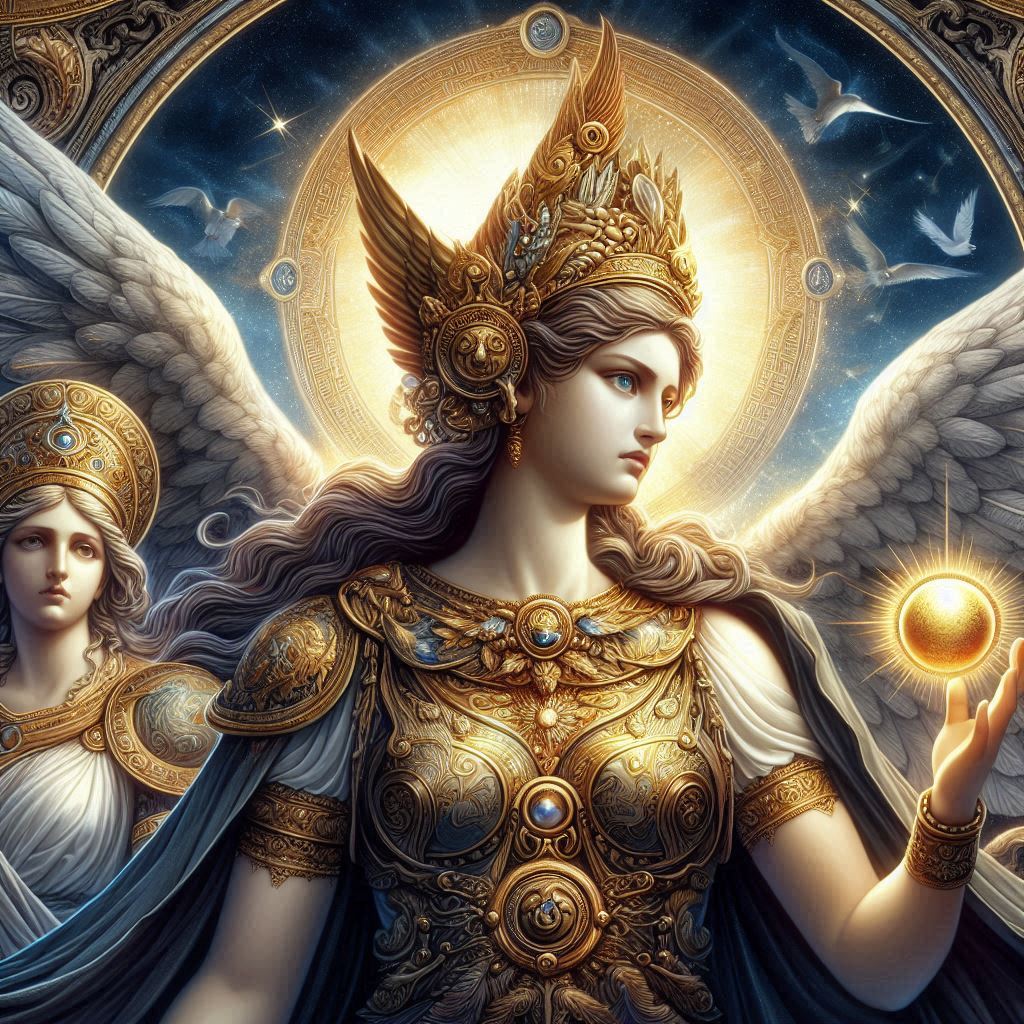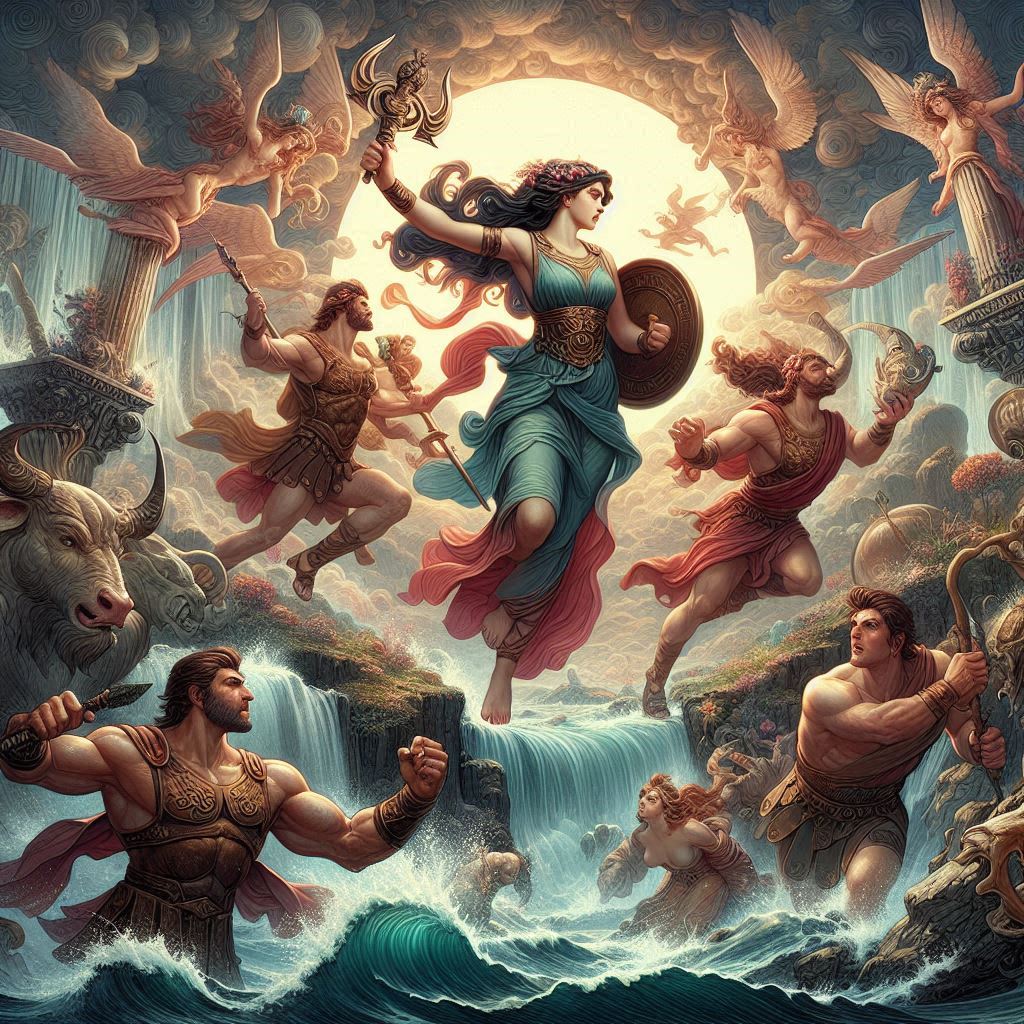Charlemagne (748-814), also known as Charles the Great or Carolus Magnus, was a medieval ruler who became the first Holy Roman Emperor. Born around 742, he became King of the Franks in 768 and expanded his realm to include much of Western Europe through military conquests. Charlemagne was a patron of learning and played a crucial role in the Carolingian Renaissance, a revival of art, culture, and education. His reign, from 800 until his death in 814, left a lasting impact on European history and the formation of the Holy Roman Empire.
Charlemagne’s early years were marked by the political turmoil of the Carolingian dynasty. After the death of his father, Pepin the Short, in 768, Charlemagne and his younger brother, Carloman, inherited the kingdom of the Franks. The division of the realm between the two brothers was not without challenges, and their relationship was characterized by tensions and occasional conflicts.
The turning point in Charlemagne’s early life occurred in 771 when Carloman died, leaving Charlemagne as the sole ruler of the Frankish Kingdom. This event consolidated Charlemagne’s authority, and he embarked on a series of military campaigns to expand and strengthen his realm. One of his early campaigns involved suppressing a rebellion in Aquitaine, demonstrating his military prowess and strategic acumen.
Charlemagne’s reign is perhaps most notable for the Carolingian Renaissance, a revival of art, culture, and learning that took place during his rule. Charlemagne himself was an advocate of education and sought to promote scholarship and intellectual pursuits in his kingdom. He established a court school at Aachen, where leading scholars of the time, such as Alcuin of York, contributed to the revitalization of education.
Under Charlemagne’s patronage, the Carolingian Empire became a center of learning and artistic endeavors. Monasteries played a crucial role in this cultural revival, preserving classical texts and producing illuminated manuscripts. The Carolingian minuscule, a script developed during this period, became a precursor to modern Western handwriting.
In addition to fostering intellectual pursuits, Charlemagne was a reformer in the administrative and legal realms. He sought to establish a standardized system of laws and governance throughout his empire. The Capitulary for the Missi, a series of legal codes issued during his reign, aimed at creating a more just and orderly society. Charlemagne’s efforts in legal reform contributed to the development of medieval European legal systems.
Charlemagne’s military campaigns expanded the borders of his empire significantly. One of his most notable achievements was the conquest of Lombardy in northern Italy in 774, adding another realm to the Carolingian dominion. His campaigns against the Saxons were more prolonged and challenging, requiring several decades to subdue the region. The Saxon Wars, spanning from the late 8th century to the early 9th century, demonstrated Charlemagne’s determination to incorporate diverse regions into his unified Christian empire.
One of the defining moments of Charlemagne’s reign occurred on December 25, 800, when Pope Leo III crowned him Emperor of the Romans in St. Peter’s Basilica in Rome. This coronation marked the revival of the title of Roman Emperor in Western Europe since the fall of the Western Roman Empire in 476. The coronation solidified the relationship between the Carolingian rulers and the papacy, creating a powerful alliance between secular and religious authorities.
Charlemagne’s role as Emperor of the Carolingian Empire had significant implications for the political landscape of medieval Europe. His empire, stretching from modern-day France to parts of Germany and Italy, became a model for subsequent European monarchies. The concept of a Holy Roman Empire, a political entity encompassing both secular and religious authority, influenced the medieval understanding of governance and the relationship between church and state.
Despite his military successes and contributions to culture and education, Charlemagne faced challenges in maintaining the unity of his vast empire. The Carolingian Empire was characterized by a system of administration based on personal relationships, and Charlemagne’s ability to govern relied heavily on his charisma and authority. After his death on January 28, 814, his empire faced internal divisions among his grandsons, leading to the Treaty of Verdun in 843, which divided the Carolingian realm into three parts.
Charlemagne’s legacy extends beyond the political realm. His role in fostering cultural and educational revival earned him a lasting reputation as a patron of the arts and learning. The Carolingian Renaissance, marked by the preservation and transmission of classical knowledge, left an indelible impact on the intellectual development of medieval Europe.
Charlemagne’s contributions to the cultural and political landscape earned him the epithet “Father of Europe.” His legacy influenced subsequent European rulers, and the idea of a unified Christian empire persisted as an ideal in European political thought. Charlemagne’s reign laid the groundwork for the development of feudalism, chivalry, and the medieval understanding of governance.
In the centuries following Charlemagne’s death, his figure became the subject of legend and mythology. Stories of his valor in battle, his commitment to justice, and his role as a unifier of Europe contributed to the formation of a heroic narrative surrounding him. The Song of Roland, an epic poem from the medieval period, further solidified Charlemagne’s mythical status, depicting him as a central figure in the Christian defense against Islamic forces in Spain.
The impact of Charlemagne’s reign continued to resonate in later periods. During the Renaissance, European rulers looked to Charlemagne as a model of enlightened leadership and sought to emulate the Carolingian cultural revival. The coronation of Charlemagne as Emperor also played a role in shaping the concept of the Holy Roman Empire, influencing the political and religious landscape of medieval and early modern Europe.
